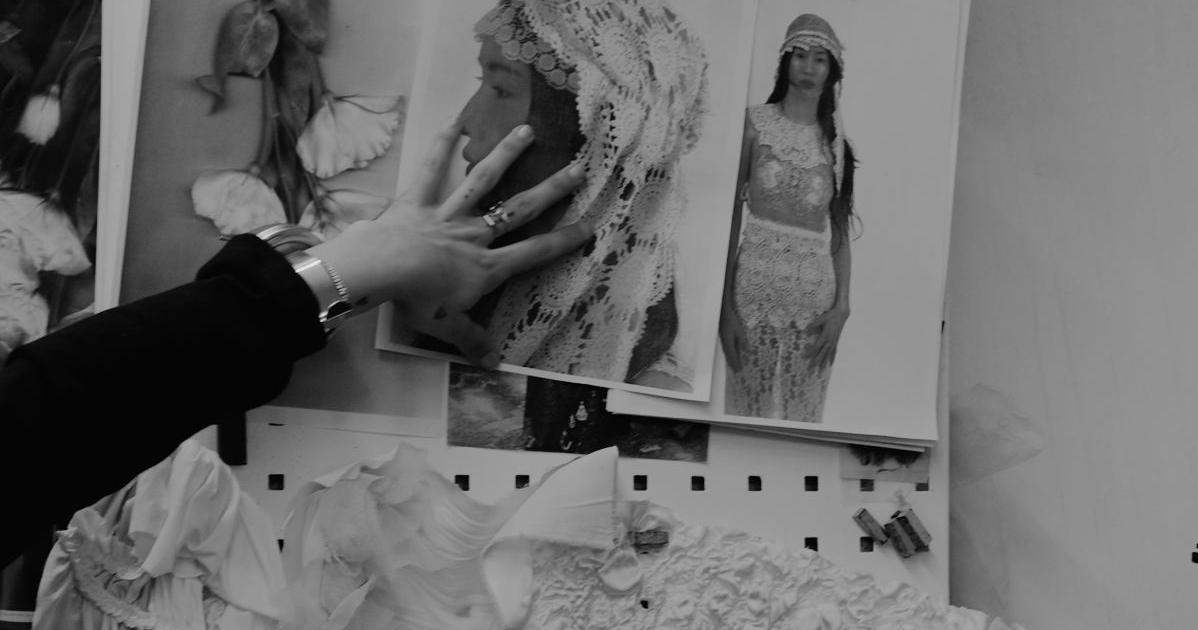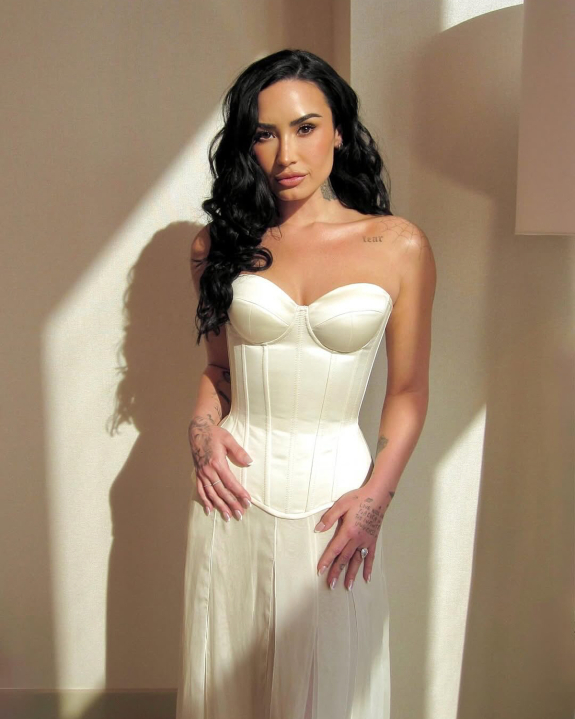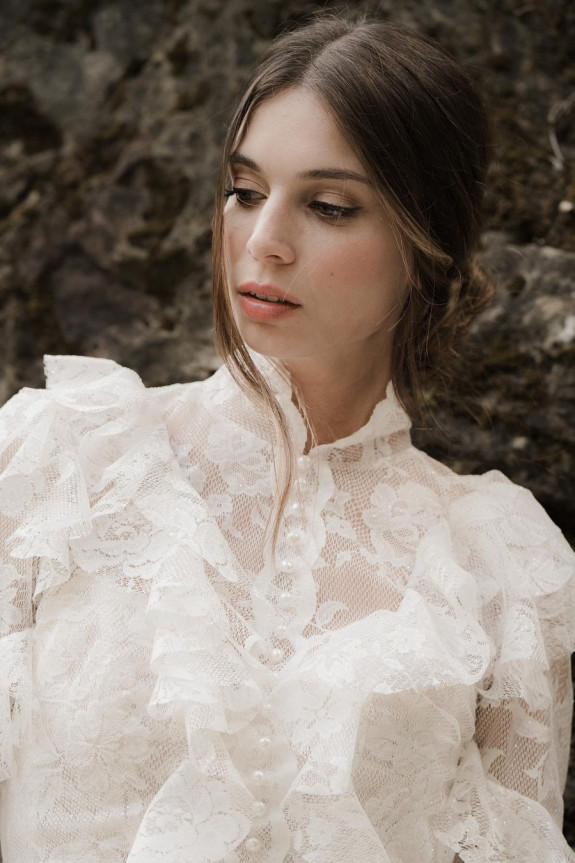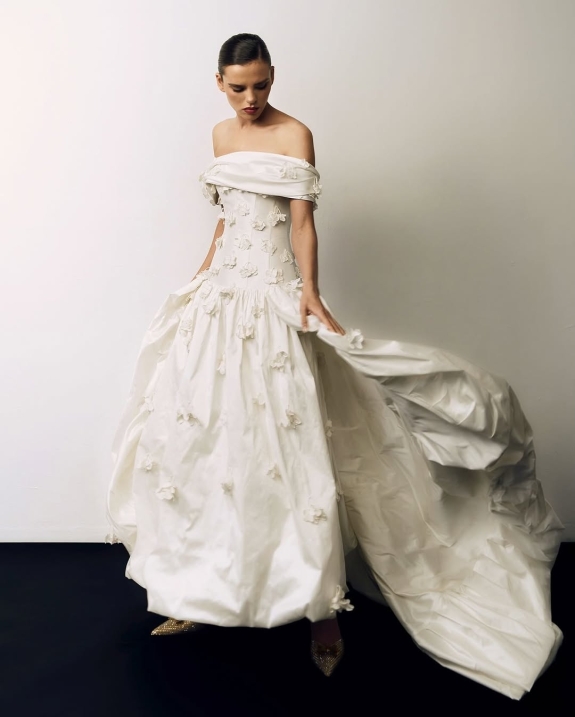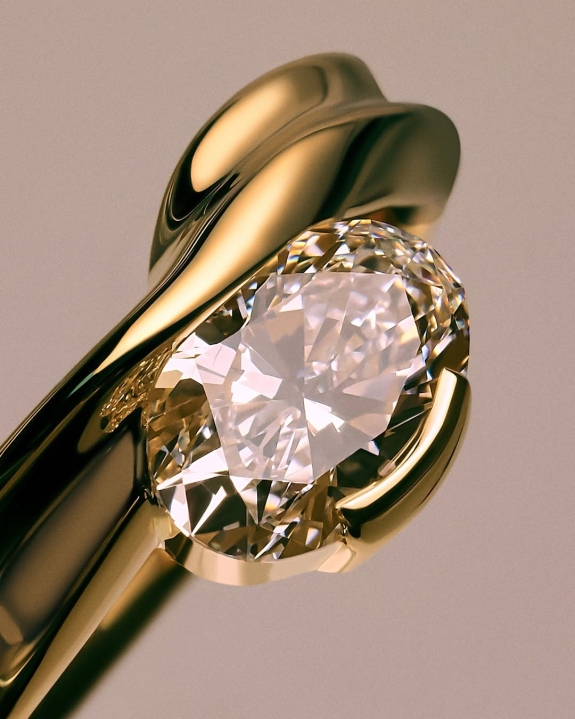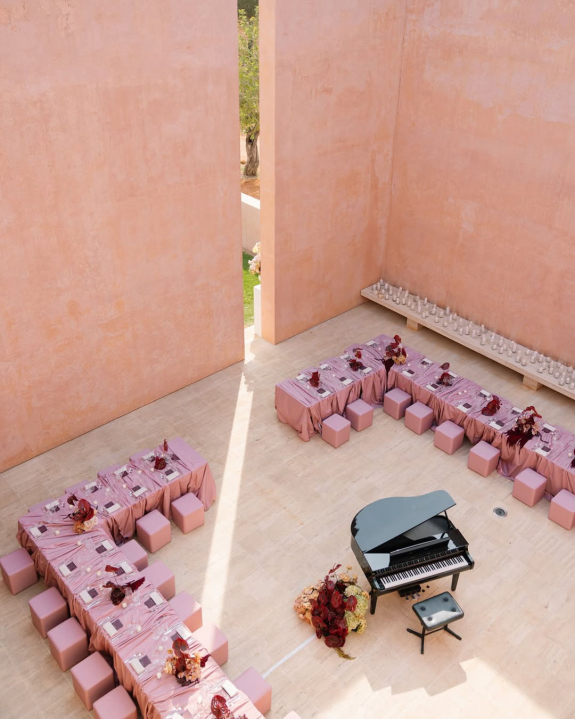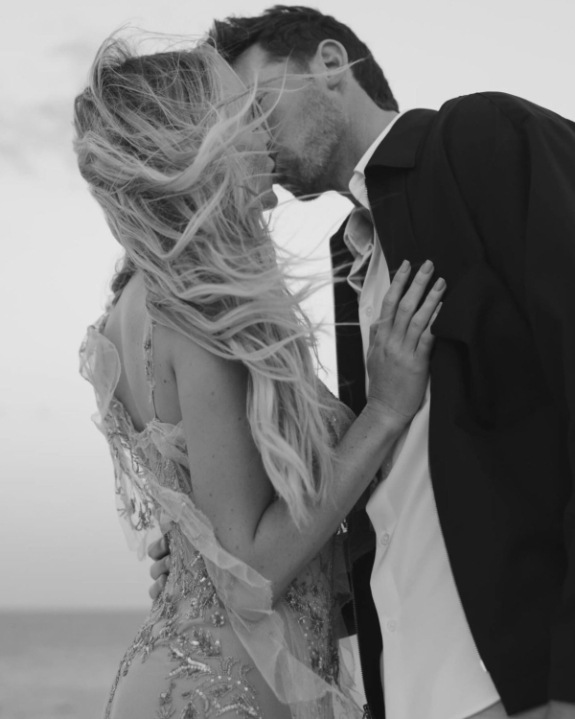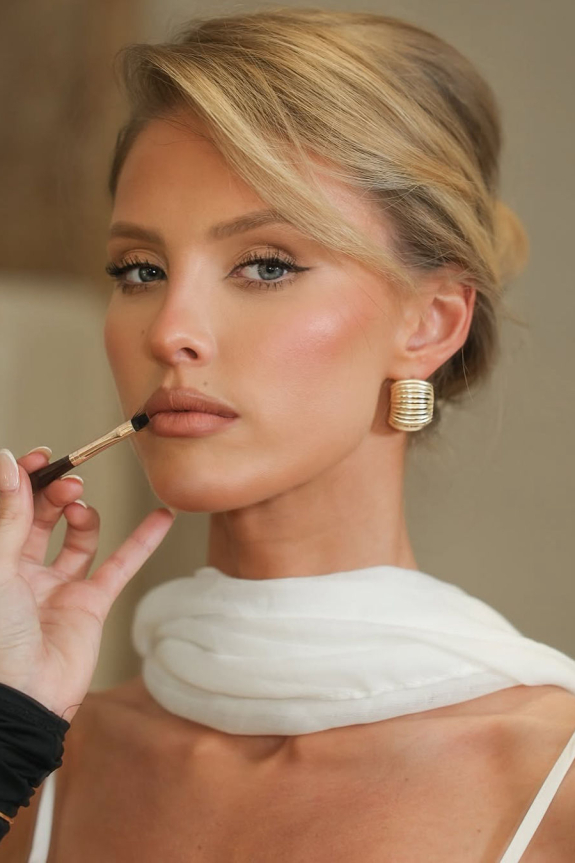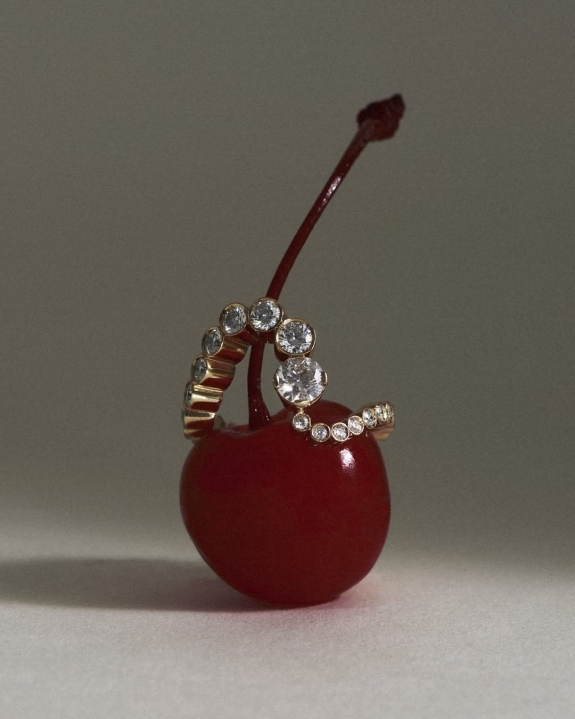From the atelier of Les Fleurs Studio, Paris becomes a living canvas where discarded and vintage fabrics are reborn into pieces of quiet poetry. Rooted in a love of history and a desire to reshape consumption through zero-waste design, founder Maria Bernad breathes new life into timeworn textiles with an instinctive, fabric-led approach. Each creation is handcrafted from materials rich in story—sun‑faded crochet, antique lace, remnants that whisper of past lives, and transformed into unique bridalwear and headpieces alive with energy and memory. Guided always by sustainability and artistry, Maria lets the fabric speak first, shaping each silhouette around its character. The result is a brand that feels both deeply personal and timeless—where memory and love merge in every stitch.
Tell us how Les Fleurs Studio came to be....
I founded the brand five years ago, when I first moved to Paris. Since I was young, I would come to France to spend my summers sourcing fabrics at vide-greniers and brocantes, and I finally made the move after completing my studies in Spain. I was so inspired by the city—the references, the tones, the history. Paris is like an everyday museum. You live in the past, in a way. You walk down the street and you’re surrounded by 16th-century buildings. Moving and working here all felt very natural, it connected perfectly with the brand I wanted to create, particularly since most of my work is crafted from the upcycling of lace and crochet.
How does Paris inspire your work today?
I studied fashion design and conservation of art, which is basically art history, and I’ve always been obsessed with churches and architecture. Paris itself is quite dark, and I find that very inspiring. Notre Dame, for example—it’s so gothic, so full of history. You can spend an hour there just studying the windows, the crystals, the figures. It’s all so rich. Even smaller churches—you walk in and see all these old stained glass panels with biblical scenes. It’s all very connected to the past. And yet, you live with it in the present. It’s right in front of your eyes.
What guiding philosophy shapes your approach to design, particularly when working with discarded or forgotten materials?
From the beginning, I wanted to show people that you can create something beautiful from recycled materials. My goal was to start from a zero-waste process. I wanted to take things that were out of trend—things people no longer wanted—and give them new life. My last collection, for example, was called Lost Objects. It was about showing that what we throw away can still be beautiful. I’ve always been spiritual, and I believe objects and fabrics carry stories. They hold energy and memory. They talk to us about the past—even when we think history is lost, it’s still alive around us.
Walk us through your process of working with brides...
Most of the time, brides come with their own ideas, which is great because they have their own personalities. But they also love what I do, so it becomes a perfect collaboration. I ask them to send references and ideas, or for example I had a bride this morning who brought in crochet pieces from her grandma she wanted to incorporate. From there, I sketch up and propose several design options, show them the handcraft techniques we use such as moulage, and make sure everything is tailored to their body. Every bride's body is different, so the design needs to highlight their unique beauty on their special day. We build a custom mannequin using their exact measurements to start forming the dress, and I even send them lace or crochet options throughout the sourcing process so they can choose what they like. I don’t impose—it's collaborative.
How does working with upcycled materials influence the way you approach design?
When you work with upcycling and moulage, the fabric tells you what to do. Some lace doesn’t pleat well, some crochet is too heavy for certain shapes. Sometimes you have to change your plan because the fabric demands something else. In fashion school, you’re taught to design first, then make patterns, then buy fabric. My process is the opposite: I find the fabric first, then ask, 'what can I do with this'?
How does sustainability shape your decisions as a designer?
For me, designing new clothes just for the sake of it felt selfish. There’s already so much waste in the world. I didn’t want to be part of creating more. Even when we use patterns, it’s only for small production runs, using deadstock. We work with companies like Nona Source to get high-quality fabrics that are leftovers from other designers. Even then, I save every leftover scrap—they go into other pieces like skirts or floral textures I love to make. Nothing is wasted.
Tell us a little bit about the inspiration behind the collection you're currently working on...
Right now we’re working on the summer collection, inspired by the sea. Think easy fabrics, summery textures, and references from the Spanish islands in the 1970s. It's more comfortable and flowing than the last collection, which was more experimental. I'm also making a lot of headpieces, experimenting with embroidery, pearls, crystals—especially to repair and elevate vintage fabrics that might have stains or damage. If everything goes well, it will be released this summer!
What's next for Les Fleurs Studio?
Once we complete the summer collection, I’ll begin working on the winter collection and another ceramic drop. I previously made a collection inspired by the Japanese Wabi Sabi technique, it's about repairing broken objects, which fits so well with the philosophy of upcycling. I love home pieces and finding ways to turn fashion moments into objects—mixing everything together. I want to keep translating my ideas across fashion, objects, and art—for me, art has always been behind my work, and I just happened to end up in fashion. But I could have been doing anything, really!
